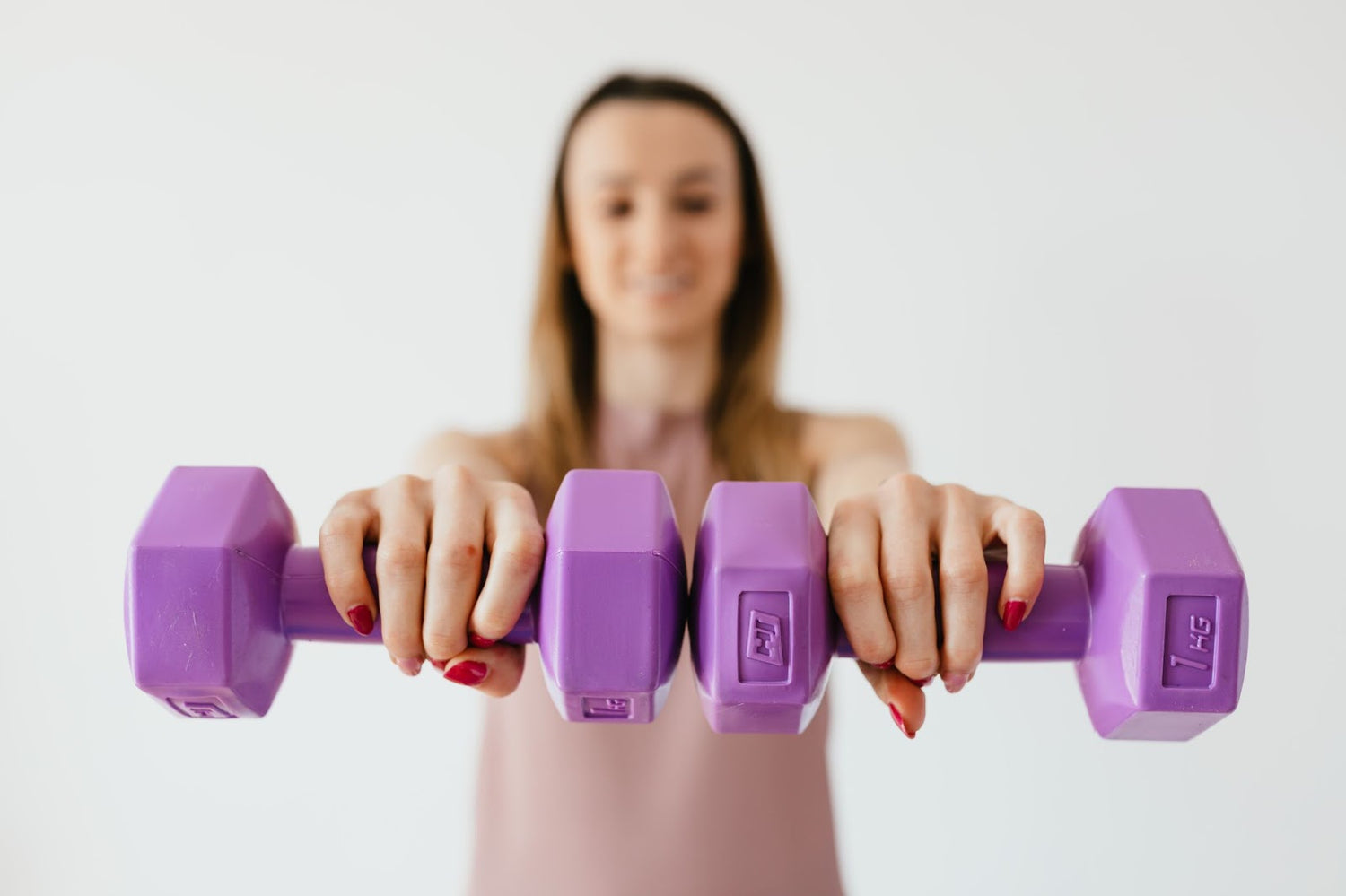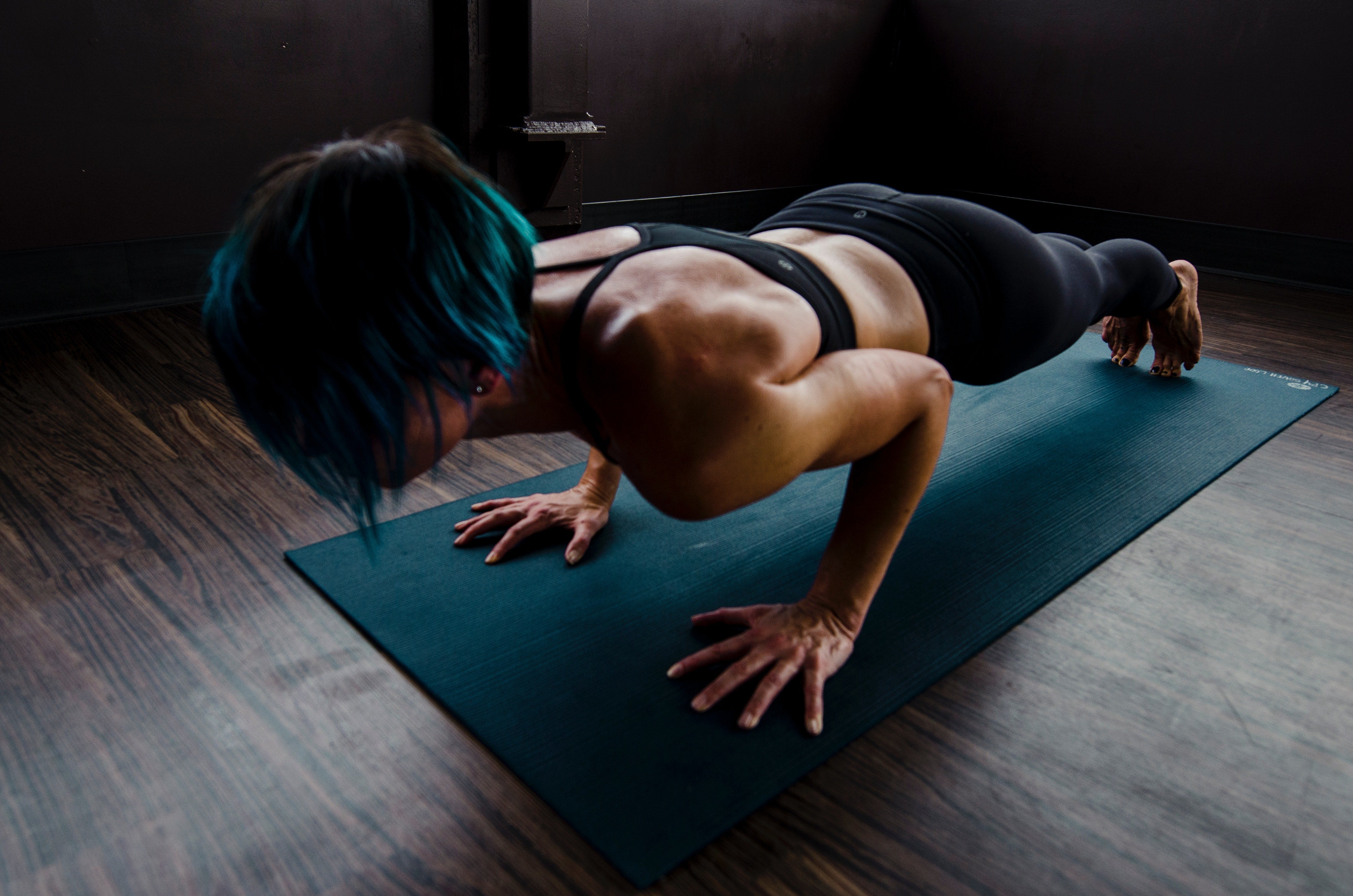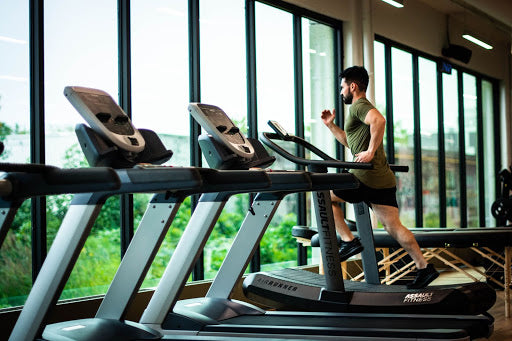In a perfect world, we’d all have active jobs that didn’t keep us hunched over a computer all day -- but that’s just not the world we live in. And as a result, a lot of us have limited shoulder mobility, which can cause a whole host of issues beyond just tightness.
You might be hesitant to go to that yoga or pilates class your bestie has been begging you to check out because your tight shoulders have made those kinds of stretches really uncomfortable in the past. Or maybe your shoulders just get really achy and stiff throughout the day. Whatever is going on with your shoulders, the answer is certainly not to quit your job and become a farmer! Instead, adding some basic exercises to your daily routine can make a major difference in how you’re feeling and functioning.
When you’re not able to move the way you want to, it can hold you back from so many things in life -- that’s why our team at HYGEAR went ahead and put together this resource for you, so you can start fixing your tight shoulders now.
Are you ready? Read on for the best shoulder mobility exercises --for any level!
But First, What’s The Difference Between Mobility And Flexibility?
Flexibility and mobility are often used interchangeably, but believe it or not -- they’re not the same thing.
Flexibility refers to your muscle’s ability to lengthen. Mobility, on the other hand, is the ability of the joint to move through its full range of motion. While they both refer to the overall range of motion in your shoulder, it’s helpful to know where the limitation is coming from.
Easy Shoulder Mobility Exercises
Performing shoulder-specific exercises -- like the ones we’ve outlined below -- can help build strength and mobility in your shoulder muscles and joints. These exercises may also help to prevent future tightness and subsequent injury.
Before jumping right in and doing any of these exercises, spend five to ten minutes warming up with dynamic upper body stretches such as arm swings, arm circles, and spinal rotations. Warming up this way is excellent for increasing blood flow to a specific region -- like your shoulders -- which also happens to help with overall performance. If you’re recovering from a shoulder surgery or injury, work with a physical therapist who can help you do the right stretches and exercises for your specific condition.
Shoulder External Rotation
- Start by attaching your anchor to a sturdy object at about belly button height. A door will work fine; just make sure that it’s a door that no one will open while you’re performing the exercise.
- Stand perpendicular to the anchor point with your feet about shoulder-width apart.
- Hold the band in the hand of the shoulder you wish to exercise first and bend your elbow 90-degrees. Keep your elbow tucked tight into the side of your body with your hand over your belly button.
- Rotate your shoulder outwards slowly.
- Your hand should move outward until the back of your hand is facing behind you. Hold the end position for roughly two to three seconds.
- Slowly and controlled, allow your arm to return to the starting position.
Repeat for 10 to 15 reps and swap shoulders.
Shoulder Internal Rotation
- With your band still attached to a sturdy object, turn around 18- degrees and hold the end of your band in the hand of the shoulder you’re exercising first. You should still be perpendicular to the anchor point. You may need to take a step or two back to keep tension in the band for this movement.
- Keep your elbow bent 90-degrees and tucked into the side of your body. But this time, your hand starts near the anchor point.
- Slowly pull your hand in toward your belly button. Be sure to keep a solid posture and keep your elbow bent and tucked into the side of your body.
- Hold your hand into your belly button for two to three seconds, and then slowly return to the starting position.
Repeat this exercise slowly for 10 to 15 reps before switching shoulders. Then, move on to the next exercise.
Resisted Shoulder Extension
- For this movement, keep your band exactly where it is, anchored to a point at about belly button height. Face the anchor with the band in one hand and take a step or two back so there is slight tension in the band.
- While keeping an upright posture, slowly pull your band backward while keeping your arm straight. Your hand should move just a little past your hip.
- Hold this end position for two to three seconds.
- Return slowly to the starting position, making sure to really control the motion; the band shouldn’t allow your arm to snap back to the starting position.
Repeat this movement for 10 to 15 reps, switch shoulders, and then move on to the next movement.
Resisted Band Shoulder Abduction
- With your band still anchored to an object, stand perpendicular to the anchor point and hold the end of the band in the hand furthest from the anchor. Keep your elbow straight with your arm at your side.
- Slowly lift your arm out to the side until it’s not quite parallel with the floor. Be sure that your arm stays in line with your body and doesn’t move too far forward or behind you.
- Hold this position for two or three seconds.
- Slowly lower your arm back to your side to the starting position.
Repeat this motion slowly for 10 to 15 reps before swapping shoulders.
High-To-Low Rows
- For this movement, you will need to secure your band to a sturdy object above shoulder height.
- Kneel down on one knee and grab the band with the opposite hand, keeping your other hand resting at your side.
- Pull the band toward your body while keeping your torso and arm straight. Really focus on squeezing your shoulder blades together.
- Hold this position for two to three seconds.
- Return to the starting position.
Repeat this exercise for 10 to 15 reps on each side.
Bottom Line
Whether you’re a gym enthusiast, an athlete, or are just trying to improve your overall health, mobility of your shoulder muscles and joints, as well as specific shoulder exercises and stretches, are an essential part of any workout routine.
If you’re looking to improve your range of motion and banish stiffness once and for all, check out our easy shoulder mobility exercises above. All you need is a water bottle, a sweat towel, and the tools you need for resistance training -- like HYGEAR Gear 1.
The HYGEAR 1 System comes with a series of bands as well as app integration to track your workouts, essentially providing you with your very own personal trainer right from your phone. Whether you’re looking to improve mobility in your shoulders, strengthen your legs, or build core strength, HYGEAR can get you there.
Check out HYGEAR and get results today!
Sources:
Addressing Posterior Shoulder Tightness in the Athletic... | Strength & Conditioning Journal
Why You Don't Need to Be Gumby: Mobility vs. Flexibility | Healthline




השארת תגובה
This site is protected by hCaptcha and the hCaptcha Privacy Policy and Terms of Service apply.